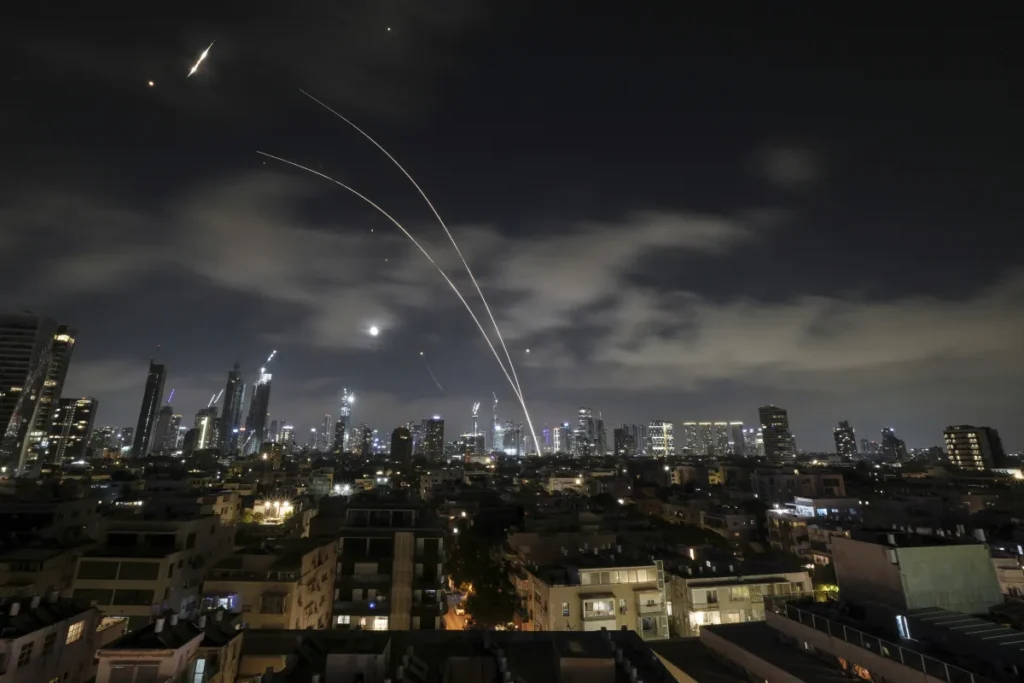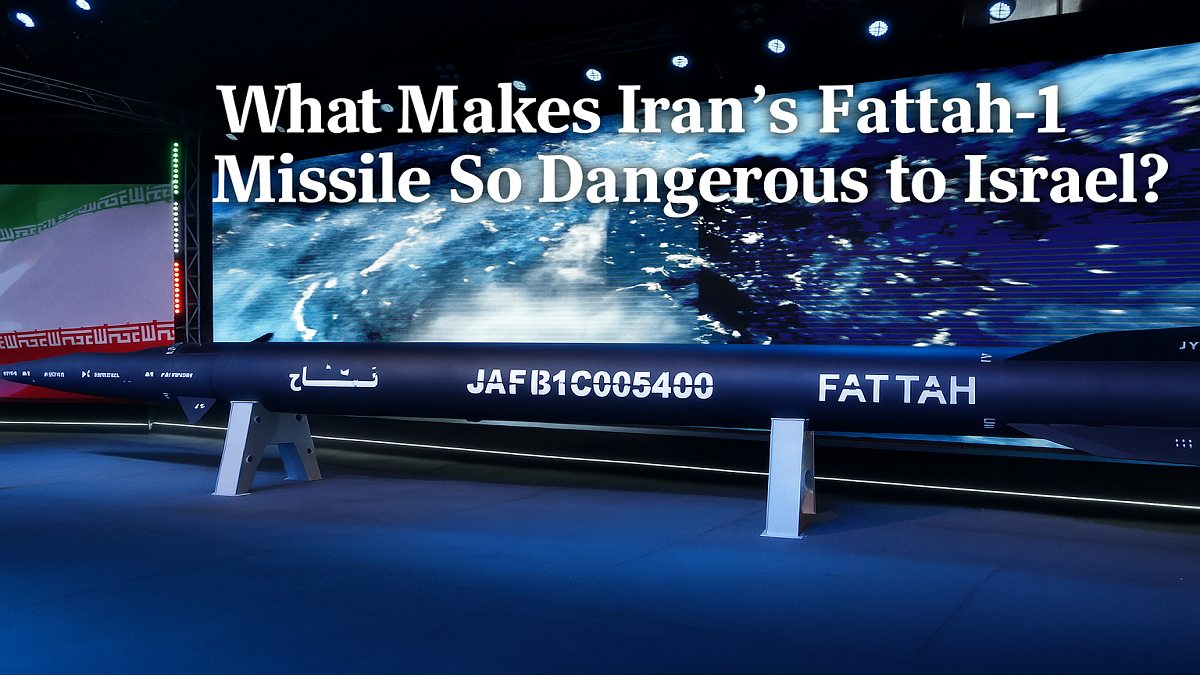Tehran, June 18, 2025 — Amid escalating hostilities, Iran has reportedly launched Fattah‑1 hypersonic missiles targeting Israel, marking a significant escalation in the ongoing conflict
What Is Fattah‑1?
- First unveiled in June 2023, Fattah‑1 is Iran’s first operational hypersonic medium-range ballistic missile.
- The missile measures around 12–15 m, propelled by a single-stage solid-fuel rocket, and boasts a 1,400 km range .
- Its warhead, a hypersonic glide vehicle, travels at Mach 13–15 (16,000–18,000 km/h), capable of evading air defense systems like Israel’s Iron Dome and Arrow.
- Designed to carry 200–450 kg of explosives, Fattah‑1 can perform mid-flight manoeuvres, making its trajectory unpredictable and harder to intercept.
Historic Use in the Israel‑Iran Conflict
- On June 18, Iran’s Islamic Revolutionary Guard Corps (IRGC) announced the use of Fattah‑1 as part of the “11th wave” of Operation Honest Promise III, claiming “complete control over the skies” in Israeli territory
This marks the first confirmed use of Fattah‑1 in the current flare‑up, though it had been deployed during October 2024’s Operation True Promise II

Iranian state media highlighted that the missiles “shook shelters” in Tel Aviv, underscoring the weapon’s psychological and strategic impact .
Why Hypersonic Weapons Matter
- Hypersonic speed (Mach 5+) and the ability to maneuver mid-flight make Fattah‑1 exceptionally difficult to detect and shoot down.
.
- Unlike traditional ballistic missiles, which follow predictable trajectories, hypersonic missiles like Fattah‑1 can change direction while descending, bypassing missile shields.
- With reported reach into much of the Middle East, including Israel and U.S. bases, and potential to deliver nuclear payloads, Fattah‑1 significantly enhances Iran’s deterrent and strike capabilities .
Strategic Implications
- The deployment of Fattah‑1 comes during an unprecedented wave of airstrikes and missile exchanges—Israel has attacked nuclear and military facilities in Tehran and elsewhere, killing high-ranking IRGC officers like Ali Shadmani
Iran’s firing of hypersonic missiles represents a new phase in the war, demonstrating rapid escalation and novel weapon usage, heightening global concerns
With the U.S. reportedly considering stepping up military involvement to support Israel, tensions risk spiralling into wider conflict .
Experts Weigh In
- Fabian Hinz from the International Institute for Strategic Studies describes Fattah‑1 as a manoeuvrable re-entry vehicle, which complicates interception and confirms a quantum leap in Iranian missile technology .
- Analysts caution that while some capabilities remain unverified, even a partially operational hypersonic missile dramatically shifts the strategic balance .
Key Takeaways and Outlook
| Factor | Insight |
| Strategic Shift | Fattah‑1 escalates the conflict to a new level of threat and technology. |
| Global Concern | Raises alarm across Western capitals amid fears of broader war. |
| Defense Response | Israel must adapt its missile defense systems; U.S. may deepen regional role. |
| Future Deterrence | Hypersonic arms may alter regional deterrence norms and accelerate arms race. |
Income Tax Alert: Ensure Your Bank Account Is Updated to Avoid Refund Delays



[…] Fattah-1 Missile: Iran’s Hypersonic Weapon and Its Strike on Israel […]